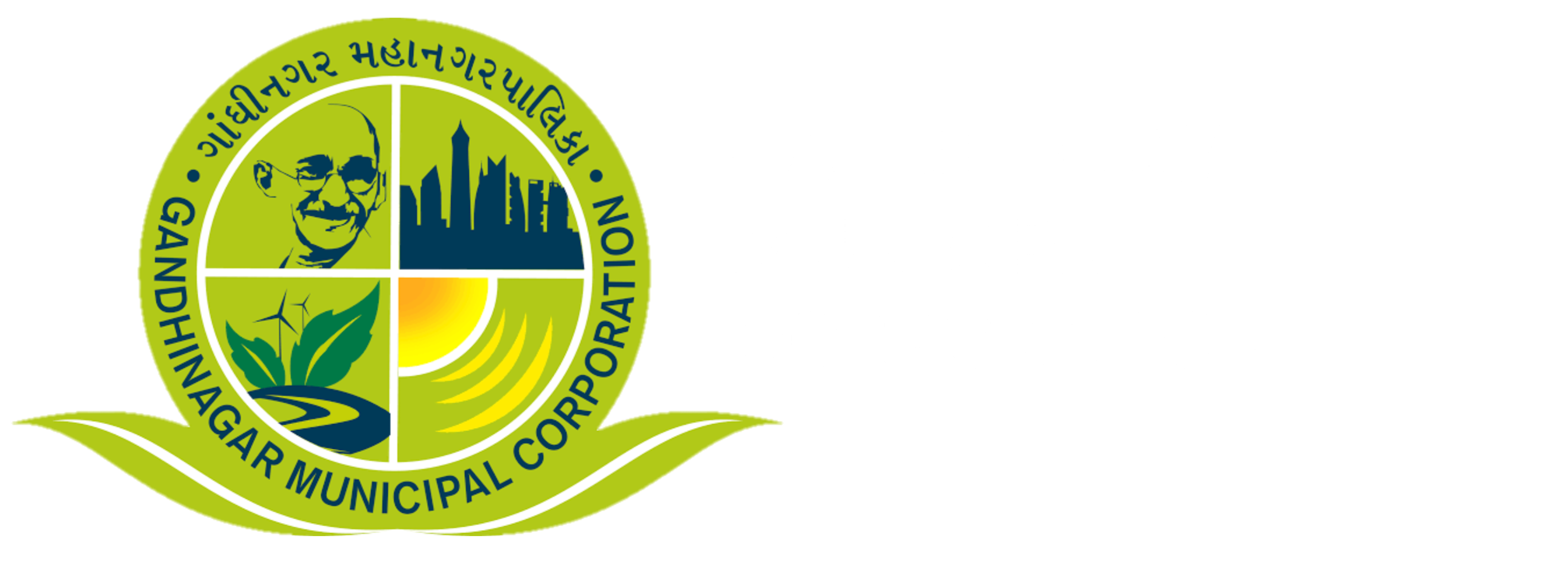History of Gandhinagar Municipal Corporation
History Timeline Of Gandhinagar


1960
Birth of Gandhinagar
Gandhinagar, the capital city of Gujarat, was officially established on March 16th, 1960. Named after the Father of the Nation, Mahatma Gandhi, Gandhinagar was envisioned as a planned city embodying principles of urban design and efficiency. Its creation aimed to alleviate the administrative burden on Ahmedabad and provide a modern, well-organized capital for the state. With meticulous planning and execution, Gandhinagar soon became synonymous with progress, attracting government offices, institutions, and a burgeoning population seeking opportunities in its expanding urban landscape.
1965
City Development Kickstart
The foundation stone of the first building in the GEB (Gujarat Electricity Board) Power Station Colony was laid on August 2nd, 1965, marking a pivotal moment in Gandhinagar's infrastructure development. As part of efforts to establish essential amenities and residential spaces for the city's growing population, the construction of the GEB Power Station Colony represented the early stages of Gandhinagar's urban expansion. This event symbolized the concerted efforts to build a modern, self-sustaining city equipped with vital infrastructure to support its residents and businesses.




1970
Capital Coronation
On July 30th, 1970, Gandhinagar was officially notified and declared as the capital of Gujarat, cementing its status as the seat of power and governance for the state. The decision to designate Gandhinagar as the capital underscored its strategic location and potential for future growth, serving as a catalyst for economic development and administrative efficiency. With the establishment of government offices, legislative bodies, and key institutions, Gandhinagar emerged as a vibrant center of politics, commerce, and culture, shaping the identity and trajectory of Gujarat's capital city.
1982
Legislative Landmark Debut
In 1982, Gandhinagar witnessed a significant milestone with the completion and inauguration of the new assembly building, Vithalbhai Patel Bhavan. Designed to accommodate the legislative proceedings of the state government, Vithalbhai Patel Bhavan stood as a testament to Gandhinagar's commitment to modern architecture and functional design. Its imposing structure and state-of-the-art facilities provided a fitting venue for legislative debates, policy discussions, and governmental functions, enhancing the city's stature as a symbol of progressive governance and institutional strength.




1992
Akshardham Unveiled
On October 30th, 1992, Gandhinagar celebrated the inauguration of Akshardham, a grand Hindu temple complex and cultural landmark. Conceived and built by the Swaminarayan sect, Akshardham represented a harmonious blend of spirituality, artistry, and architectural brilliance. Its intricate carvings, serene gardens, and spiritual ambiance attracted devotees and tourists alike, making it a cherished pilgrimage site and a source of pride for Gandhinagar and Gujarat.
2010
Municipal Milestone
May 1st, 2010 marked a significant milestone in Gandhinagar's local governance with the establishment of the Municipal Corporation. This administrative restructuring aimed to decentralize decision-making, improve service delivery, and enhance citizen participation in city affairs. With the formation of the Municipal Corporation, Gandhinagar gained greater autonomy in managing its resources, addressing civic issues, and planning for sustainable development. The corporation's establishment reflected Gandhinagar's evolution as a dynamic, self-governing city committed to meeting the needs and aspirations of its residents.








